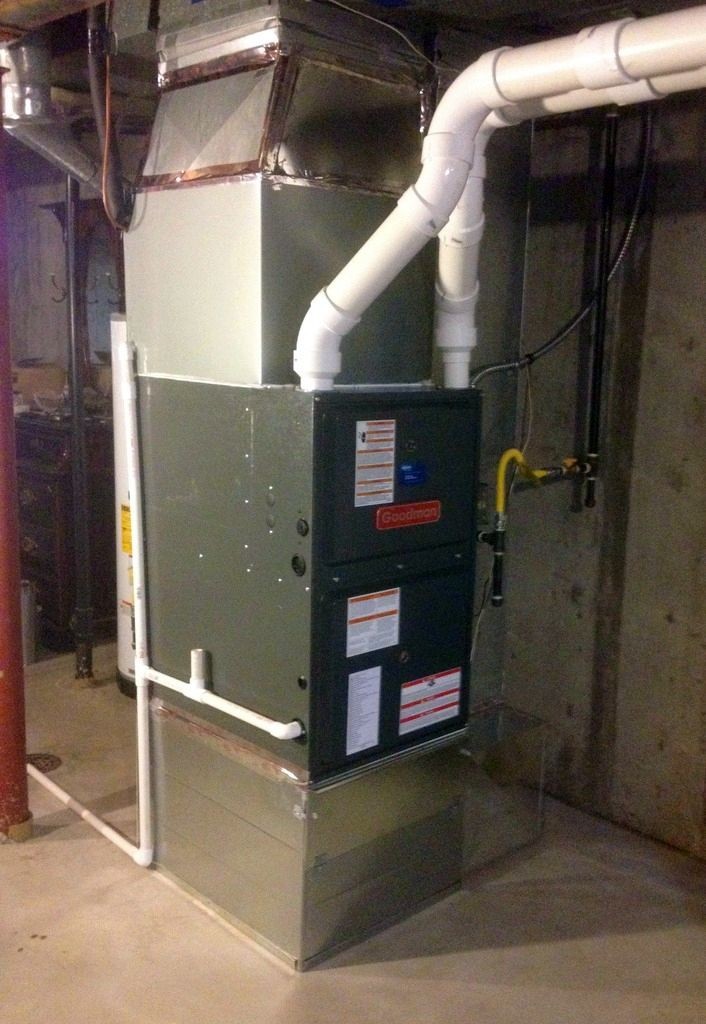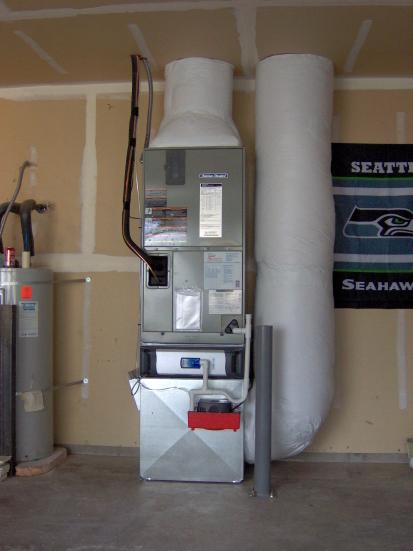Choose the ideal HVAC company for your home's heating needs
Choose the ideal HVAC company for your home's heating needs
Blog Article
The Ultimate Guide to Furnace Installation for a Cozy Home
Furnace setup is a critical element of keeping a comfy home atmosphere, specifically during the colder months. As you consider these variables, the concern stays: what steps can you take to guarantee your heater serves you well for years to come?
Sorts Of Heating Systems

Gas heaters are the most typical selection due to their performance and reduced operational expenses. They utilize gas or lp, giving quick heating and consistent efficiency, making them perfect for chillier climates.
Electric heating systems, while normally less complicated to install and maintain, have a tendency to have greater operational expenses. They are often preferred in areas where gas service is not available or for homes with existing electrical facilities.
Oil heating systems, though much less typical today, continue to be a feasible choice in certain areas. They melt home heating oil, which can be advantageous during cooler months, however their reliance on oil delivery presents potential difficulties.
In addition, there are high-efficiency models available throughout these types, which can significantly reduce energy consumption and utility expenses - furnace installation. Inevitably, comprehending these heating system types will assist homeowners pick a system that lines up with their home heating needs, budget plan, and energy preferences
Selecting the Right Size
Selecting the proper size for a heater is critical to guaranteeing ideal performance and power efficiency. An undersized heater will certainly struggle to keep comfortable temperature levels during the cool months, resulting in boosted wear and tear, greater energy expenses, and potential system failure. Conversely, an oversized heater may cycle on and off also frequently, leading to inefficient home heating and irregular temperature circulation within the home.
To establish the appropriate heater size, a calculation called the Guidebook J lots estimation need to be performed. This procedure examines numerous aspects, consisting of the square footage of the home, insulation levels, window sizes, and regional climate conditions. This thorough analysis guarantees that the furnace fulfills the certain heating demands of the area.

Setup Process Summary
In regards to materials, you will certainly need ductwork, insulation, and securing tape to ensure ideal air flow and power effectiveness - furnace installation. It is likewise vital to have a brand-new heater filter on hand, along with airing vent products, such as PVC pipeline or metal flue, depending upon the kind of heater being installed
Safety equipment, consisting of gloves, safety glasses, and a face mask, is also essential click here now to secure against dust and particles during setup. Having all these tools and materials readily available not just improves the procedure however additionally boosts the security and performance of the furnace setup.
Upkeep Tips for Durability
To make sure the longevity of your furnace, it is Full Report crucial to implement a normal maintenance routine that attends to key components of the system. Start by changing or cleaning the air filter every one to 3 months, as a stopped up filter can restrict airflow and lower effectiveness. In addition, evaluate and clean the blower setting up to protect against dirt build-up that can impede performance.
Next, examine the thermostat setups and rectify if needed to make sure accurate temperature policy. Examine the ductwork for leakages or blockages, as this can result in energy loss and uneven home heating. On a regular basis lube the electric motor and bearings according to the supplier's suggestions to reduce wear and tear.
Professional examinations ought to happen annually, where a qualified specialist can assess the furnace's overall problem, check for gas leakages, and make certain that security attributes are working properly. Ultimately, take into consideration setting up a programmable thermostat to maximize energy usage and keep regular home temperature levels. By embracing these maintenance practices, you can improve your heating system's efficiency, extend its lifespan, and inevitably take pleasure in a cozy and comfortable home setting.
Verdict

Report this page